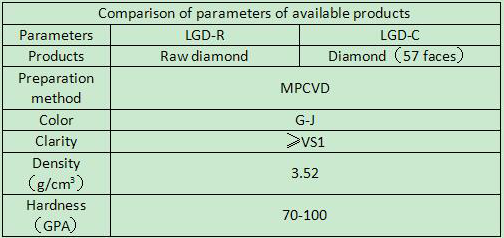Company tel:+86-379-63184520
Contact number:+86-15937921751
Postcode:471000
Email:info@yuxindiamond.com
Address:3-1-508 Luoyang National University Science Park, No. 2 Penglai Road, Jianxi District, Luoyang, China 471000
Tiny Diamonds Light the Way for New Quantum Technologies
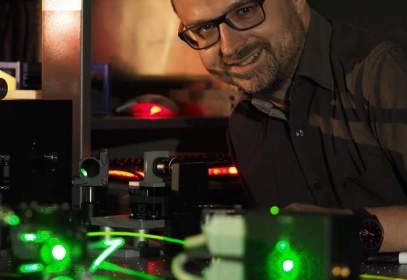
Researchers at Macquarie University have, for the first time anywhere, ever, managed to make a nanodiamond, one thousand times smaller than a human hair, shine at "superradiant" levels - and it could change the way we approach quantum technology.
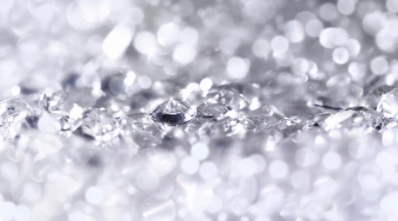
That brightly shining little diamond could be used in all sorts of devices - like tiny compasses, in biomedical imaging, or more efficient solar cells.Superradiance was until now only possible at low temperatures or in large samples, and never in diamonds. And now the team who made this happen at room temperature on a nanodiamond want to go even brighter - because there's a real chance for this to change everything about how we approach quantum technology.
The theory has been around for a while. Last year the researchers showed superradiant nanodiamonds beat out non-superradiant ones for usefulness, because they are far easier to trap and move around using lasers, or tiny optical tweezers.
"The cause of this behaviour is the same as what causes nanodiamonds to produce these bright pulses of light—defects in their crystal lattice," the researchers say. "In this case, nitrogen atoms neighbouring vacant sites nested within the repeating carbon structure."Research leader Dr Thomas Volz puts it simply: "Diamond is a material, a cage for what is happening inside."
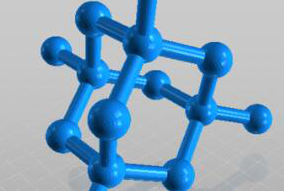
So when these nitrogen-vacancy centres inside the diamond lattice work together, superradiance happens - a fast, bright burst of light. "The presence of this 'co-operative' behaviour is interesting from a fundamental point of view and will be followed up with further experimental and theoretical studies," says Associate Professor Gavin Brennen, who oversees the theory for the work.
The usefulness of superradiant nanodiamonds is incredible - they act like tiny and very sensitive compass needles, emitting more or less light depending on how they are aligned with the Earth's magnetic field. The brighter they are, the more effective they are.
"This behaviour could be used to develop magnetic sensors which would work out the location of an aircraft," researchers explain, "by mapping where it is in relation to the Earth's magnetic field rather than by satellite."

Reversing the superradiance effect is also possible, and would mean the diamonds could be used to create more efficient solar cells.
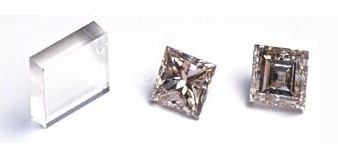
With the improvement of CVD synthesis technology, through the adoption of gas raw material (hydrogen, methane), Luoyang Yuxin Diamond Co., Ltd get the completely transparent and colorless large size diamond single crystal under less than one air pressure, the temperature of 800-1200 ℃ by epitaxial growth way, its composition, hardness, density, etc. are basically identical with natural diamond, but the price is much lower than that of natural diamond; different from the method of high temperature and high pressure (HTHP), CVD artificial synthetic technique does not need to use the catalyst, and puts an end to forming metal inclusions, cracks, holes, etc. in the production.
Features: after polishing, the clarity is commonly VVS and above level, color chromaticity of D-J.
We can provide raw diamond at carat level.
